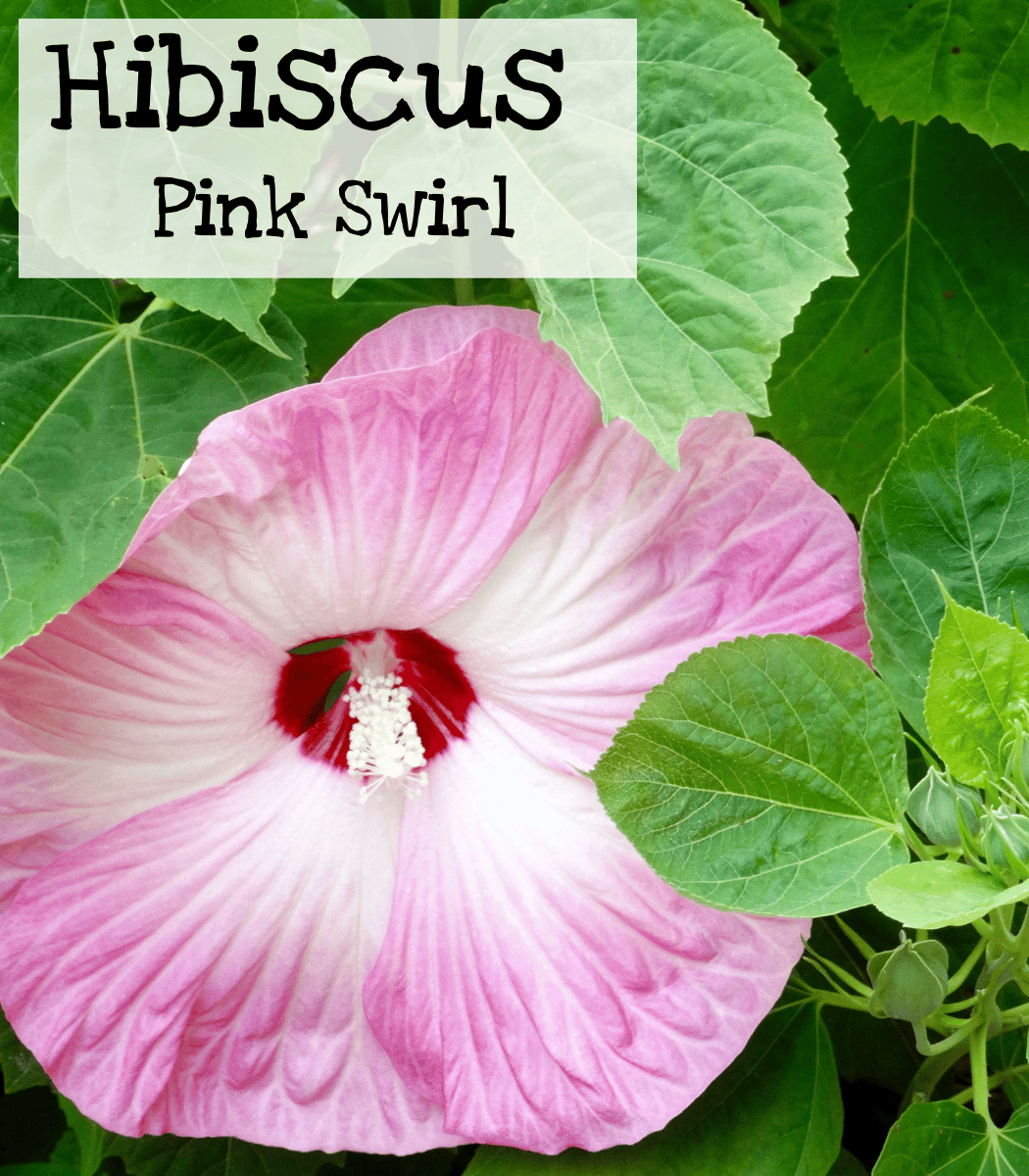
Hibiscus
A heat-loving plant, hibiscus is an impressive flower. The Texas Star variety is also known as swamp hibiscus or scarlet rose mallow. The flowers of this variety can be either red or white. When planted together, they add a showy, tropical look to gardens!
|
Pink Swirl |
|
Pink Swirl: Hibiscus moscheutos Other varieties might have a different scientific names |
|
Easy |
|
Intermediate |
|
3 years if properly stored |
|
Perennial |
|
7-21 days |
|
Scarify and then soak overnight |
|
Surface Sow |
|
Pink Swirl: 24-30” x 24-30” |
|
Full Sun |
|
14-16 weeks |
|
Feb, Mar, Apr, May |
|
Yes |

Growing Tips


Hibiscus coccineus is a native plant to Georgia, Florida, and Louisiana.

When to Start
Spring: Start indoors 8-10 weeks before the last frost. (End of February, Beginning of March for GA)
Direct Sow: Two weeks after the last killing frost in spring and soil temperatures have warmed. (May for GA)
How to Start
Start indoors 8-10 weeks before the last frost in Spring. Scarify seeds by gently nicking them with a nail file and soak them for at least 1 hour or overnight. Hibiscus likes warm soil temperatures. To aid germination a heat mat may be needed as hibiscus likes soil temperatures at 70-75 F for germination. Surface sow the seeds into seed cells. Transplant after hardening off and all danger of frost has passed and soil temperatures have warmed. This is about 2 weeks after the last frost.
For direct sowing, wait until 2 weeks after the last frost. Soil temperatures need to be warmer for germination (70-75 F). Scarify and soak the seeds and surface sow.
Care
Hibiscus likes rich, well-draining soil. Plant in Full Sun. Too much shade may result in leggy plants that are more susceptible to insect infestations.
Allow at least 3-4 feet of growing space between each plant. Crowding the plant inhibits air circulation which may result in leaf spots, rust, or other diseases. Swamp hibiscus plants are water-loving plants that will stop blooming in dry soil. However, the plant enters a dormant period in winter and shouldn’t be watered until it displays new growth in spring.
Once the plant is actively growing, it needs deep watering two or three times per week during warm weather. Water is especially important during the first growing season and should be watered immediately if it shows signs of wilt. The Texas Star variety is heat and drought-tolerant, but like other hibiscus should be watered if it starts to wilt.
Feed every 6-8 weeks during the growing season, using a balanced, water-soluble plant fertilizer.
How to Use
Hibiscus flowers can be used to make tea. The flowers usually last only one day, so use them immediately. The tea has a tart flavor so cut with honey or sugar. It is good both cold and hot.
To make the tea, use 1 cup of fresh hibiscus flowers or 1/2 cup dried. Add the flowers to 10 cups of boiled water and let steep for 5 minutes. Strain and add sweetener to taste. You can also experiment with adding lemon or lime juice.
Seed Saving

Isolation Distance
Hibiscus are normally propagated by cuttings, however, you can grow hibiscus from seed, just be aware the saved seeds will most likely produce white flowers while the cuttings will produce true-to-type plants. Insect dependent for pollination. Isolate 1/4 mile to prevent cross-pollination.
Instructions
Select healthy, robust plants free of any signs of disease or insect infestation for seeds. Gather seeds from large, dry capsules.
Special Note:
Saved seeds may not produce true-to-type. The plant may not look like the parent plant. For example, the flowers could be a lighter color or even white.
Features
- Attracts pollinators
- Attracts hummingbirds
- Native to GA (Hibiscus coccineus)
- Heat and Drought tollerant (Hibiscus coccineus)
- Pink Swirl: Huge blooms literally swirl open to reveal brush strokes of pink, rose, and cranberry red on silky, bright white petals. Pink Swirl is a tidy, compact plant that has 8″ wide flowers. Blooms the first year.
Sources:
The American Horticultural Society Plant Propagation Editor-in-Chief Allen TooGood
Starting and Saving Seeds By Julie Thompson-Adolf
Helmer, Jodi. Growing Your Own Tea Garden: the Guide to Growing and Harvesting Flavorful Teas in Your Backyard. Fox Chapel Publishers International Ltd., 2019.
